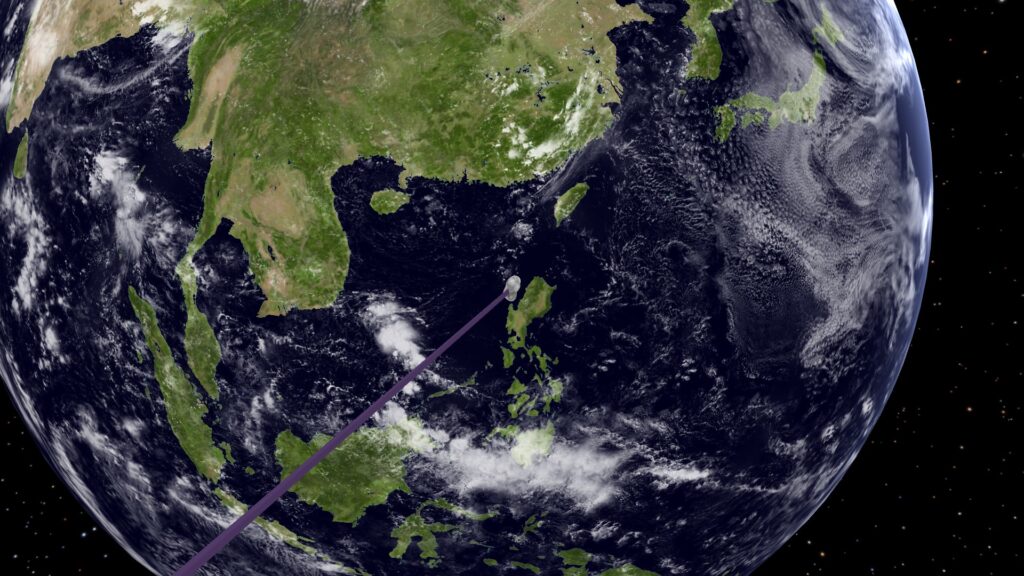Two fairly large asteroids will simultaneously approach the Earth in mid-October 2023. One of these asteroids has the designation 2011 GA. The second one has the designation 1998 HH49.
These two asteroids are not connected in any way. Both have different periods of rotation around the Sun, so most of the time they are far from each other. Their orbits are noticeably different, they are inclined differently to the Solar System plane. There is a point at which the orbits of these two asteroids and the orbit of the Earth intersect. The Earth passes this point of its orbit in mid-October.
Asteroid 2011 GA makes a revolution around the Sun in 2.42 years and spends most of the time under the ecliptic plane. Its size is in the range from 170 to 390 meters. Asteroid 1998 HH49 makes a revolution around the Sun in 1.93 years and spends most of the time above the plane of the Earth orbit. Its size is slightly smaller and is estimated in the range from 140 to 320 meters. Each of these two asteroids, in case of hitting the Earth, is capable of completely destroying a large metropolis.
Both asteroids will almost synchronously approach the Earth in mid-October 2023. They will fly on different sides of the Earth at a fairly safe distance.
Asteroid 2011 GA will get as close to Earth as possible on October 15, 2023 at 07:09 UTC. The distance between it and the Earth will be 2.6 million km, that is, it will pass almost 7 times farther than the Moon at a speed of 16.6 km/s. On the night of October 16-17, it will be possible to try to see it in a powerful telescope next to the Orion Nebula. For the residents of the Northern Hemisphere of the Earth, it will look like a weak star of the magnitude 15.
Asteroid 1998 HH49 will get as close to Earth as possible on October 17, 2023 at 00:33 UTC. It will approach us more strongly, the distance between it and the Earth will be 1.2 million km, that is, it will pass 3 times farther than the Moon at a speed of 14.8 km/s. It will fly through the southern constellation of Lupus, and then under the tail of the Scorpius. Thus, it will be available for observation to residents of the Southern Hemisphere, its brightness may reach the magnitude 13.
The approach of these asteroids is quite close, and the orbits of each of them will change noticeably. Thus, when asteroids approach planets, there is a gradual evolution of asteroid orbits. The orbits of a huge number of asteroids are known with great accuracy. But it is necessary to continue observing asteroids and calculating their orbits, as their orbits are undergoing changes.
Watch the video with subtitles.
Modeling and rendering were performed by author of AstroTubo channel using own software. The calculations took into account the mutual influence of the Sun, all the planets of the Solar System, the Moon and the asteroid on each other. Relativistic effects were also taken into account in the calculation.
The track ‘Cold War Echo’ by Kai Engel sounds in this video. This track was not changed. Link: https://freemusicarchive.org/music/Kai_Engel/Sustains/Kai_Engel_-Sustains-_07_Cold_War_Echo
Attribution 4.0 International (CC BY 4.0) license: https://creativecommons.org/licenses/by/4.0/





